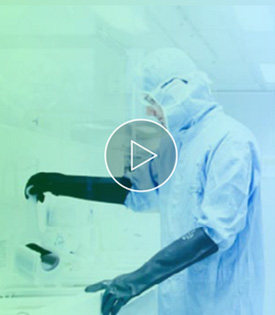The ubiquitin (Ub) pathway involves three sequential enzymatic steps that facilitate the conjugation of Ub and Ub-like molecules to specific protein substrates. The first step requires the ATP-dependent activation of the Ub C-terminus and the assembly of multi-Ub chains by the Ub-activating enzyme known as the E1 component. The Ub chain is then conjugated to the Ub-conjugating enzyme (E2) to generate an intermediate Ub-E2 complex. The Ub-ligase (E3) then catalyzes the transfer of Ub from E2 to the appropriate protein substrate. UBE2C, also designated UBCH10 in human, is an E2 ubiquitin conjugating enzyme for the anaphase promoting complex (APC), which coordinates mitosis and G1 by sequentially promoting the degradation of key cell-cycle regulators. UBE2C is overexpressed in many different types of cancers and may be a potential therapeutic target.
Recommended Dilutions: Western Blot: 1:100-1000; IHC-P: 1:100-500
Type: Primary
Antigen: UBE2C
Clonality: Polyclonal
Clone:
Conjugation: HRP (Horseradish Peroxidase)
Epitope:
Host: Rabbit
Isotype: IgG
Reactivity: Human, Mouse, Rat
